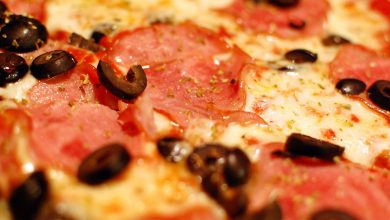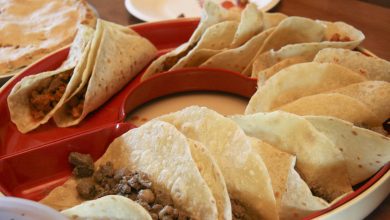Can You Afford a Food Allergy?

The other day I decided to do my weekly grocery shopping at a nearby location of a DC area organic grocery chain called MOMs. Usually I shop at Trader Joes, but we were experiencing our annual post-apocalyptic snow event and MOMs is closer to home. Plus, if you’re looking for nut-free foods, MOMs is kinda the jackpot — sunbutter cups (almost like peanut butter cups if you’re good at magical thinking), cookies, cereal, trail mix and cereal bars.
When the cashier rang me up, I almost passed out. The number is so horrifying that I can’t even bring myself to type it here. Sure, I’d bought a few extra items — a fair trade headband and a soy candle or two — but a big sun buttery chunk of blame can only be placed on those incredibly expensive FREE FROM EVERYTHING foods.
Every nut-free cookie or package of cereal that I purchased was also GMO-free, pesticide-free, toxin-free and apparently made with fresh tears of joy from a minutes-old baby, thereby driving the cost of these products sky high and lending credence to the idea that food allergies are nothing but a high end affliction. Who else could afford to buy foods made under such insanely stringent conditions?
I do have other options. Plenty of name brands sold at the regular grocery store are safe for kids with nut allergies. But try finding a nut-free cereal bar. Or baked goods. Or candy (Halloween anyone?).
You can buy online — still expensive and requires some advanced planning. Or you can bake it at home. And I do. I love baking but there have been some weeks where I feel like I may as well be running a bakery out of my home.
I keep hearing that the good thing about the rise of food allergies is that there are now more allergy safe foods on the market. And that’s true but most of these products are expensive because they’re marketed to parents who are afraid of EVERYTHING — not just allergens, but also GMOs, “toxins” and whatever else we’re panicking about this month.
Something that might help is more uniform labeling requirements for allergens. Here’s an example: so many of us buying food for kids with nut allergies avoid all foods labeled “made in the same facility as” peanuts or tree nuts because there is no federal standard for what those words mean. Most of the time, it means that peanuts or tree nuts are present in the facility but do not touch the same machinery or line. In other words, unless there is an accidental contamination, these foods are safe. But because there’s no federal regulation to make that a consistent standard, we’re stuck with mystery, confusion and fear. Well, I call it confusion and fear, but I guess plenty of others call it a business opportunity.
Featured image by flickr user Andrew Magill





